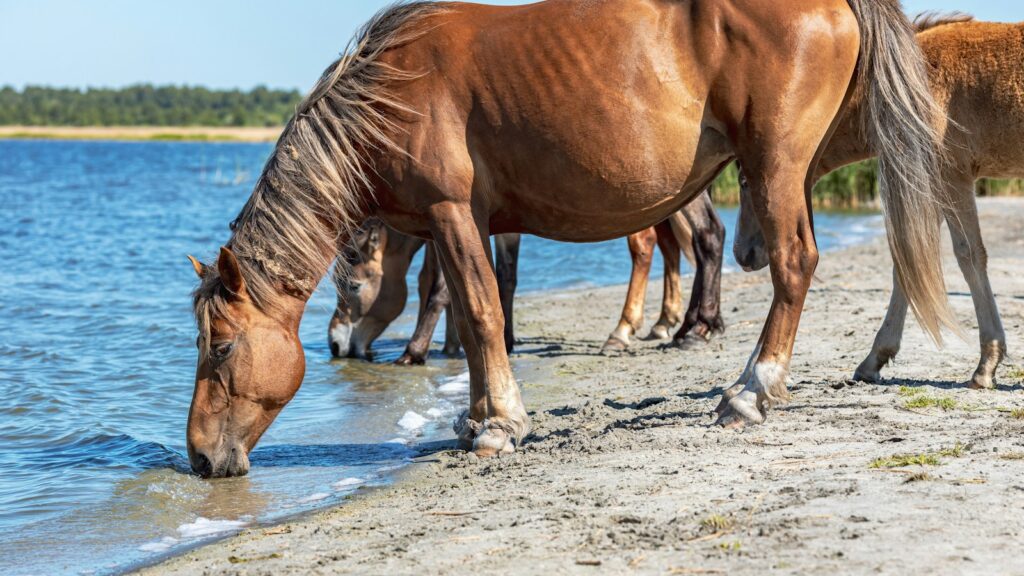Water is often called the elixir of life, and nowhere is this truer than in equine health. Horses, with their large bodies and active lifestyles, require significant amounts of water to maintain optimal health. Despite this fundamental need, dehydration remains one of the most overlooked aspects of horse care, leading to preventable health complications and decreased performance. This article explores the critical importance of hydration in horses, the consequences of neglecting it, and practical strategies to ensure your equine companion always has access to adequate water. Whether you’re a seasoned horse owner or new to equine care, understanding hydration’s role in your horse’s wellbeing is essential knowledge that could quite literally save your animal’s life.
The Fundamental Need for Water in Equine Physiology
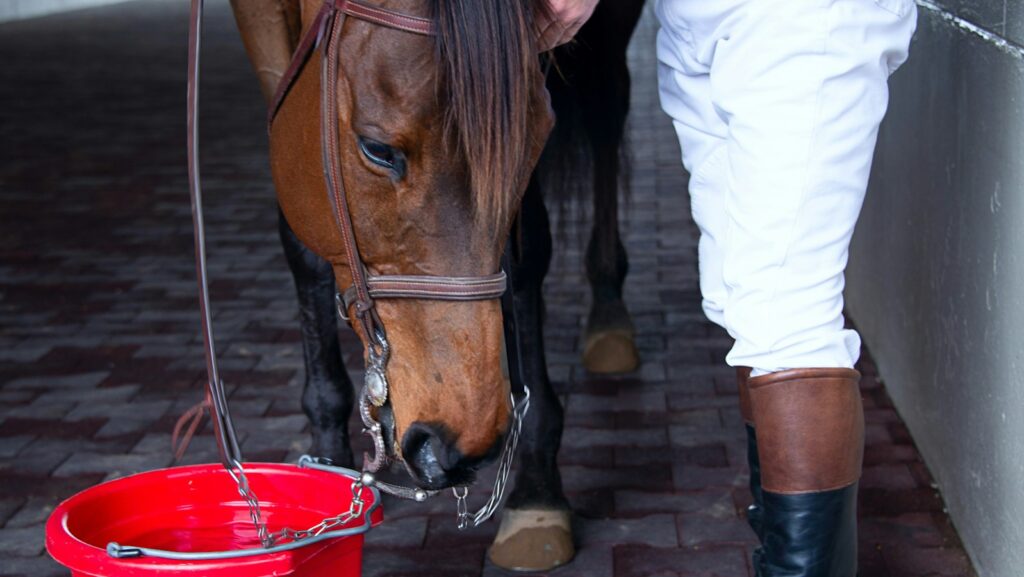
Horses require tremendous amounts of water compared to many other mammals, with the average adult horse needing between 5-15 gallons daily depending on factors like size, activity level, and environmental conditions. Water constitutes approximately 65-75% of a horse’s body weight and is essential for nearly every physiological process, including digestion, nutrient transport, temperature regulation, and waste elimination. This fundamental fluid helps maintain blood volume, which is crucial for delivering oxygen and nutrients to muscles and organs throughout the body. Additionally, proper hydration ensures efficient joint lubrication, allowing horses to move freely and comfortably—a necessity for both working animals and leisure companions.
Early Warning Signs of Dehydration

Recognizing dehydration in its early stages is critical for preventing more serious health complications in horses. One of the most reliable indicators is the skin pinch test: when pinched, a well-hydrated horse’s skin should return to normal position within 1-2 seconds, while delayed return suggests fluid depletion. Horses experiencing early dehydration often develop tacky or dry mucous membranes, particularly visible in the gums, which should normally appear moist and pink. You might also notice decreased urination frequency or darker urine, along with a general decrease in performance or energy levels that owners sometimes mistakenly attribute to other issues. Careful monitoring of water consumption can provide valuable insights—a sudden decrease in a horse’s normal drinking pattern warrants immediate attention and intervention.
How Dehydration Impacts Performance
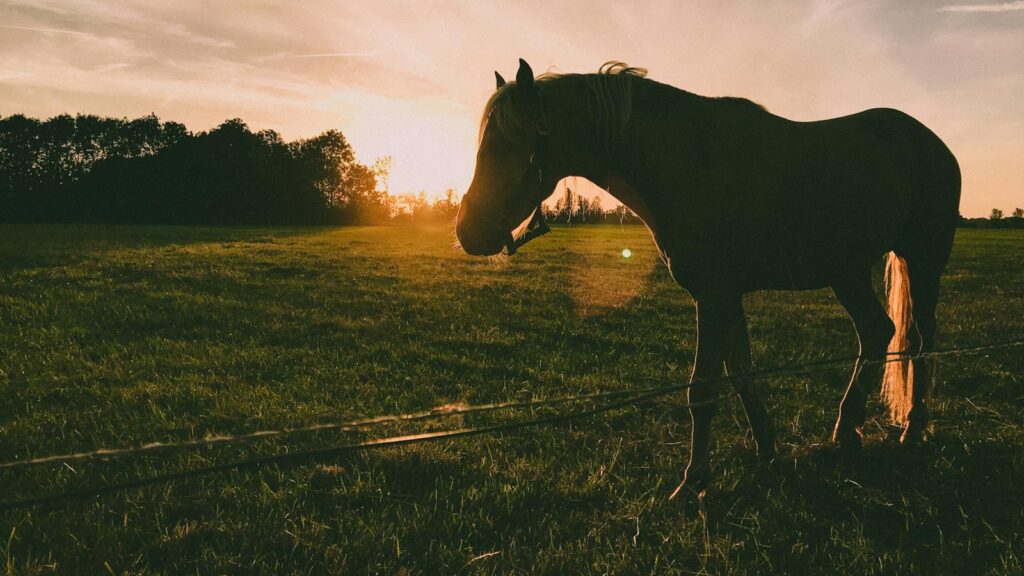
Dehydration dramatically affects a horse’s athletic capabilities, creating performance deficits that become evident even before clinical signs appear. Research shows that just 2-3% dehydration can reduce a horse’s physical capability by up to 20%, which manifests as decreased stamina, impaired cardiovascular function, and diminished strength during work or competition. As water levels decrease, blood becomes more viscous, forcing the heart to work harder to pump oxygen and nutrients to working muscles, accelerating fatigue. Temperature regulation becomes compromised, as inadequate fluid levels prevent efficient cooling through sweating, potentially leading to dangerous overheating during exercise. Professional equestrians and trainers consider proper hydration a fundamental aspect of performance optimization, recognizing that maintaining fluid balance is as important as conditioning and nutrition for achieving peak athletic results.
The Relationship Between Hydration and Colic
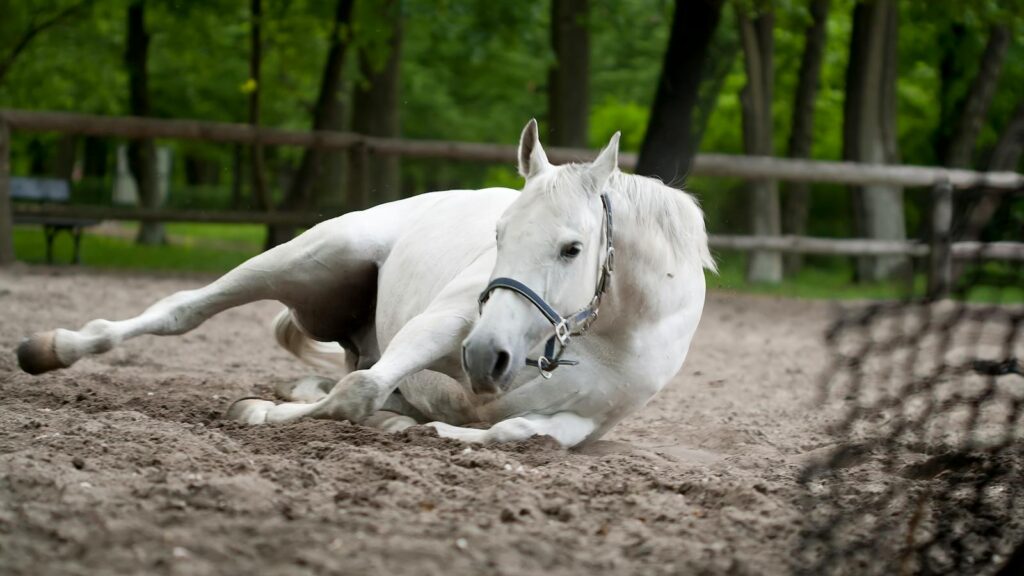
Colic, the leading cause of premature death in domestic horses, shares an intimate relationship with hydration status. Inadequate water intake significantly increases the risk of impaction colic, where dry feed material becomes stuck in the digestive tract, creating potentially life-threatening blockages. The equine digestive system relies on sufficient fluid to move feed through approximately 100 feet of intestines, and without proper hydration, this process becomes compromised. Studies reveal that horses experiencing even mild dehydration show measurably reduced gut motility, slowing digestive transit time and creating conditions conducive to impaction. Seasonal changes in drinking behavior, particularly during cold winter months when horses typically drink less, correlate with increased colic incidence rates—a clear indication of hydration’s critical role in digestive health. Veterinarians consider aggressive rehydration a cornerstone of colic treatment, highlighting water’s therapeutic importance in this common equine emergency.
Seasonal Challenges to Proper Hydration
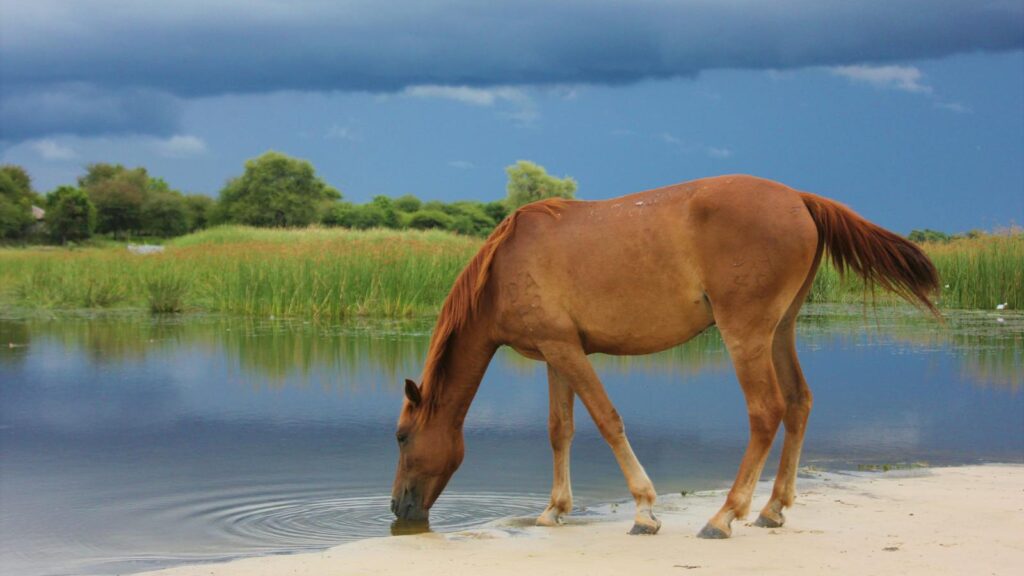
Each season presents unique hydration challenges for horse owners to navigate. Summer heat accelerates water loss through sweating, potentially causing rapid dehydration if replenishment options are inadequate or if horses are worked intensively without sufficient water breaks. Conversely, winter brings its own difficulties as freezing temperatures can limit water availability when buckets and troughs freeze, while horses naturally tend to drink less when water is cold, creating a perfect storm for dehydration despite cooler weather. Spring and fall seasonal transitions require vigilance as changing temperatures and activity levels necessitate adjustments to water management strategies. Additionally, seasonal changes in feed from dry winter hay to moister spring grass can dramatically alter a horse’s water requirements, demanding owners adapt their hydration approaches throughout the year to maintain consistent fluid balance regardless of environmental conditions.
Water Quality Considerations
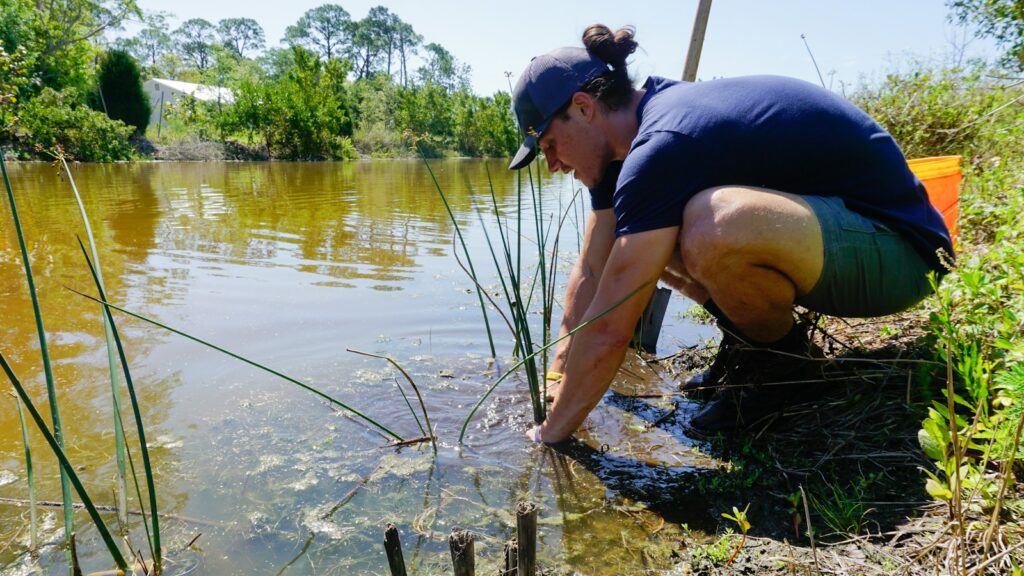
The quality of water offered to horses significantly impacts consumption patterns and overall hydration status. Horses possess sensitive taste preferences and may refuse perfectly safe water if it contains unfamiliar minerals, chlorine, or other taste-altering compounds. Research demonstrates that water temperature also influences consumption, with most horses preferring water between 45-65°F (7-18°C)—too cold or too warm, and intake often decreases dramatically. Beyond palatability concerns, poor water quality can introduce harmful bacteria, algae, parasites, or chemical contaminants that pose significant health risks beyond dehydration. Regular testing of water sources, particularly natural ponds or streams, helps identify potential contaminants before they create health problems, while maintenance of clean water buckets and troughs—ideally scrubbed weekly to prevent algae buildup—ensures water remains appealing and safe for consumption.
Hydration During Transportation and Competition
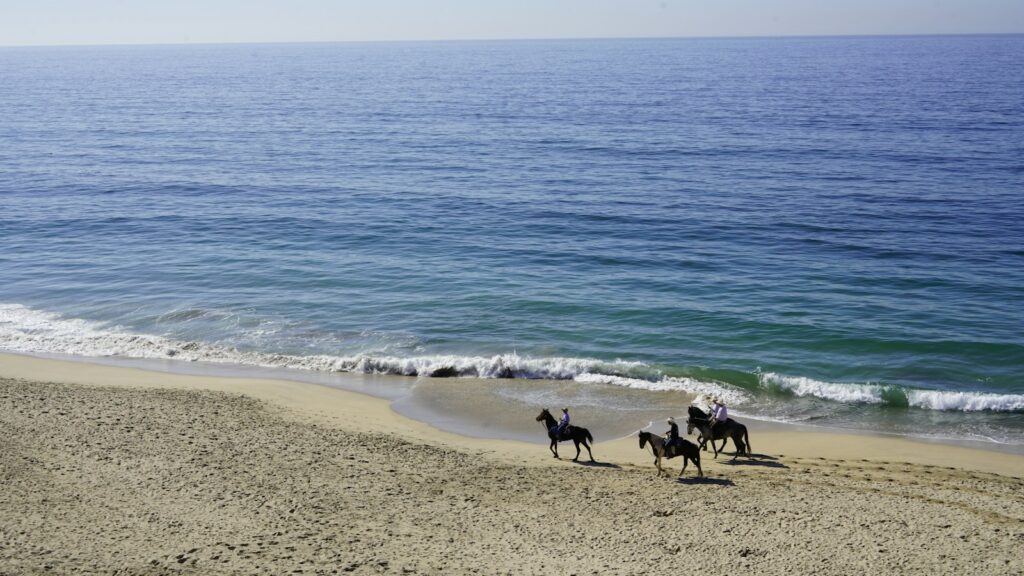
Maintaining proper hydration becomes exceptionally challenging during transportation and competition, when horses experience disrupted routines and increased stress levels. Studies reveal that horses commonly reduce water intake by 30% or more during trailering, regardless of water availability, creating a significant dehydration risk before they even arrive at their destination. Competition environments compound this problem, as unfamiliar surroundings, strange-tasting water, and the physical demands of performance create perfect conditions for fluid deficits. Strategic approaches include introducing horses to electrolyte supplementation before travel, offering familiar-tasting water by bringing supplies from home, or masking unfamiliar tastes with apple juice or electrolyte solutions. Proactive hydration management includes scheduling water breaks during long journeys and monitoring consumption closely in the critical 24 hours before and after travel or competition when dehydration risk peaks.
The Role of Electrolytes in Hydration
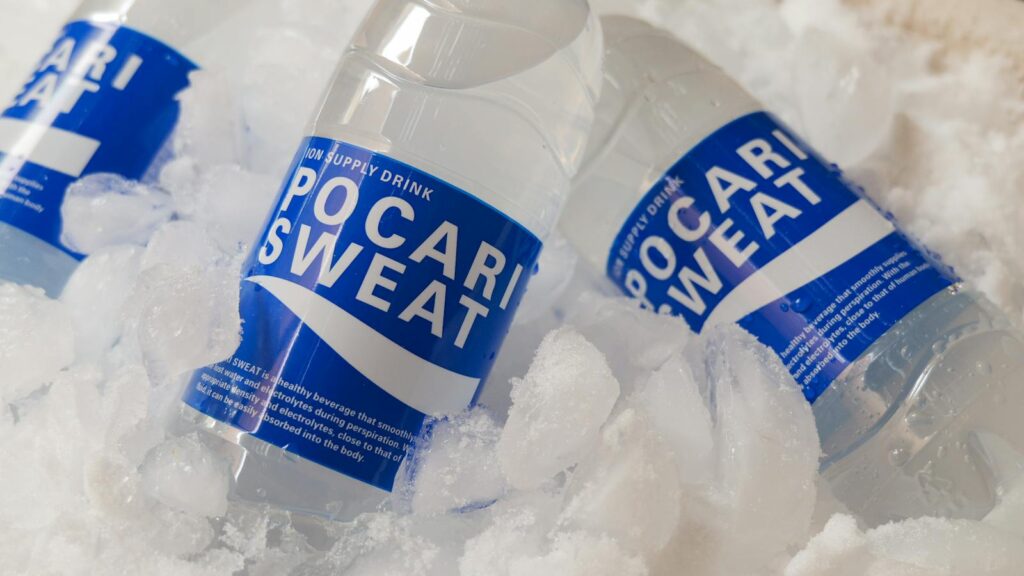
Electrolytes—primarily sodium, potassium, chloride, calcium, and magnesium—work synergistically with water to maintain proper cellular function and fluid balance throughout a horse’s body. When horses sweat, they lose not only water but also these essential minerals, creating an electrolyte imbalance that water alone cannot correct. This explains why horses sometimes experience dehydration despite access to abundant water—without the proper electrolyte balance, their bodies cannot effectively utilize available fluids. Supplementation becomes particularly important during periods of heavy sweating, such as intense exercise, competition, or hot weather conditions, when losses can be substantial. However, electrolyte supplementation requires careful implementation; excessive amounts without adequate water can potentially worsen dehydration by drawing water into the digestive tract. Working with an equine nutritionist to develop a customized electrolyte strategy based on your horse’s specific activity level, sweat rate, and environmental conditions ensures optimal hydration management.
Nutritional Influences on Hydration Status
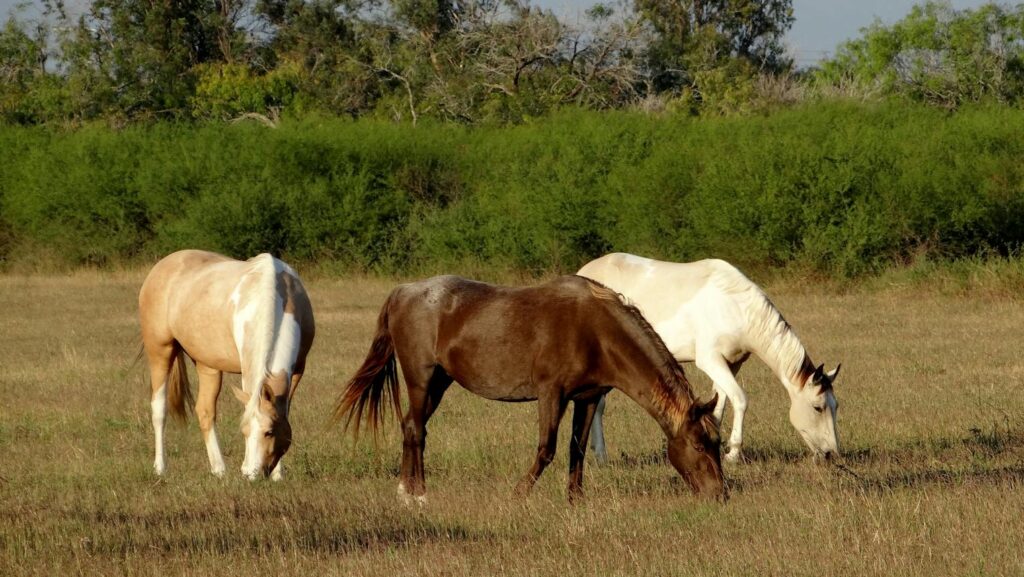
A horse’s diet profoundly influences hydration status through multiple mechanisms that extend beyond water consumption alone. Horses consuming primarily dry forage require significantly more water than those grazing fresh pasture, which naturally contains 60-80% moisture and contributes substantially to daily fluid intake. The type of feed also affects water requirements—high-protein diets increase water needs as the kidneys require additional fluid to process and excrete nitrogen waste products. Similarly, high-salt diets stimulate thirst while potentially improving overall hydration when sufficient water is available. Certain feeds, like beet pulp, can act as “water carriers” when soaked before feeding, providing hidden hydration that supplements direct water consumption. Fiber quality also impacts water balance, as highly digestible fiber sources help maintain gut moisture and digestive efficiency, reducing dehydration risk associated with intestinal dysfunction.
Technological Innovations in Equine Hydration Management

The equine industry has developed sophisticated solutions addressing the persistent challenge of horse hydration maintenance. Automated watering systems with heating elements now prevent freezing in winter while maintaining optimal drinking temperatures, ensuring continuous water availability regardless of weather conditions. Recent advances include smart monitoring systems that track individual consumption patterns, alerting owners to sudden changes that might indicate health issues before clinical signs develop. Portable water analysis tools allow owners to test unfamiliar water sources during travel, identifying potential palatability issues or contaminants that might cause horses to refuse water. Advanced electrolyte formulations designed specifically for equine physiology now come in precisely dosed options, including time-release versions that maintain blood levels over extended periods during endurance events or long-distance transportation. These technological innovations give modern horse owners unprecedented ability to optimize hydration management, significantly reducing dehydration-related health risks.
Special Hydration Considerations for Senior Horses
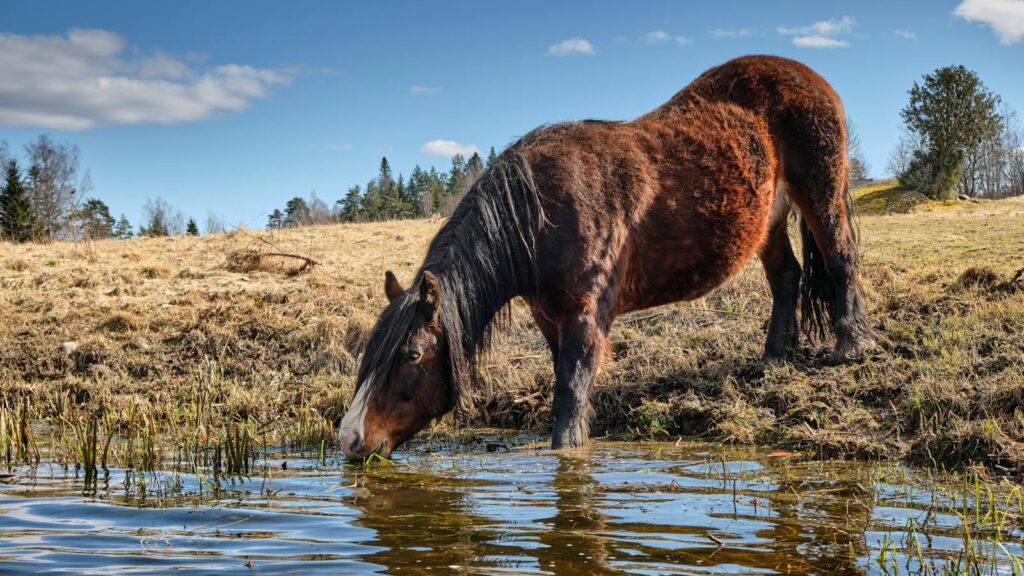
Senior horses face unique hydration challenges requiring specialized management approaches as they navigate the physiological changes of aging. Dental issues common in older horses often make chewing painful or difficult, reducing consumption of hydrating fresh forage and increasing reliance on direct water intake. Kidney function typically declines with age, altering the efficiency of water conservation mechanisms and potentially increasing vulnerability to dehydration despite seemingly adequate consumption. Many senior horses develop Pituitary Pars Intermedia Dysfunction (PPID, formerly called Cushing’s disease), which causes excessive sweating and urination, dramatically increasing water requirements. Additionally, older horses often experience reduced thirst sensation despite physiological need, creating a dangerous disconnect between requirement and consumption. Management strategies for senior equines should include more frequent monitoring of hydration status, offering multiple water sources, feeding water-soaked feeds, and potentially adding flavoring agents to encourage adequate drinking in these vulnerable individuals.
Creating Effective Hydration Management Protocols

Developing comprehensive hydration protocols transforms water provision from a passive element of care to an active management system supporting equine health. Effective protocols begin with daily monitoring and documentation of water consumption, establishing individual baseline intake patterns that make deviations immediately apparent. Strategic water testing schedules, typically quarterly for stable sources and more frequently for natural water bodies, ensure consistent quality and palatability. Well-designed protocols include season-specific adjustments that anticipate changing needs before problems develop, such as implementing heated water sources before the first freeze or adjusting electrolyte supplementation as temperatures rise. Emergency preparedness components address disruptions like power outages or natural disasters, incorporating backup water storage and purification methods. The most successful protocols integrate hydration considerations into all aspects of horse management—from stall design to turnout schedules, transportation planning to exercise regimens—creating a holistic approach that maintains optimal fluid balance under all circumstances.
When to Seek Veterinary Intervention
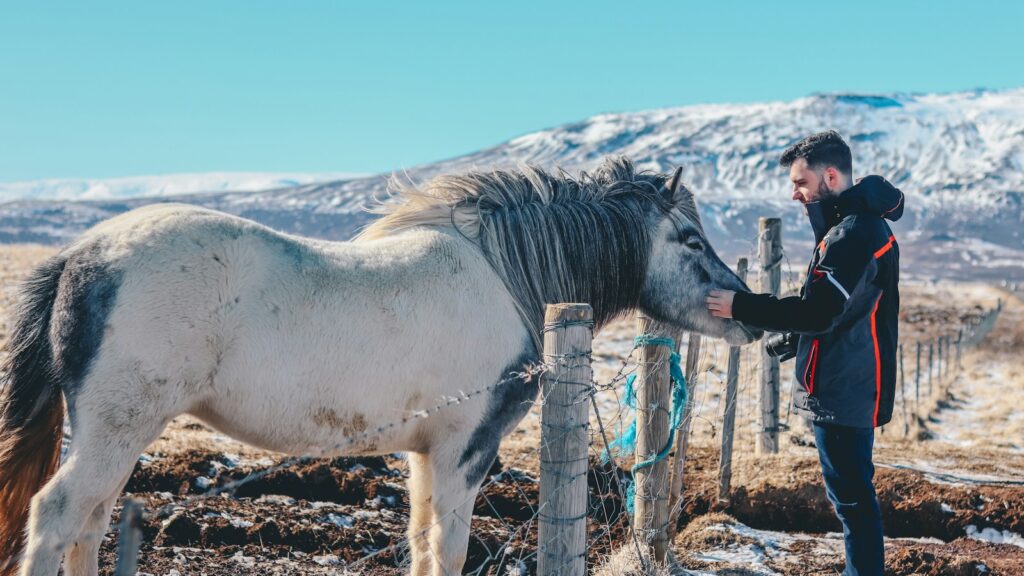
While proactive hydration management prevents many problems, recognizing when to seek professional help remains crucial for horse owners facing potential dehydration issues. Veterinary intervention becomes necessary when a horse refuses water for more than 4-6 hours despite multiple offerings of different temperatures or flavoring options. Physical symptoms warranting immediate professional attention include severely elevated heart rate (above 60 beats per minute at rest), pronounced skin tenting lasting more than 3 seconds, dry or tacky gums, sunken eyes, or lethargy combined with decreased urine output. Performance changes like sudden exercise intolerance or rapid fatigue in previously fit horses may indicate developing dehydration requiring medical assessment. During recovery from illness, surgery, or severe diarrhea, professional monitoring of hydration status often becomes essential as fluid losses may exceed a horse’s ability to self-regulate intake. Remember that severe dehydration constitutes a genuine medical emergency—waiting too long for intervention can transform a treatable condition into a life-threatening crisis requiring intensive veterinary support.
conclusion
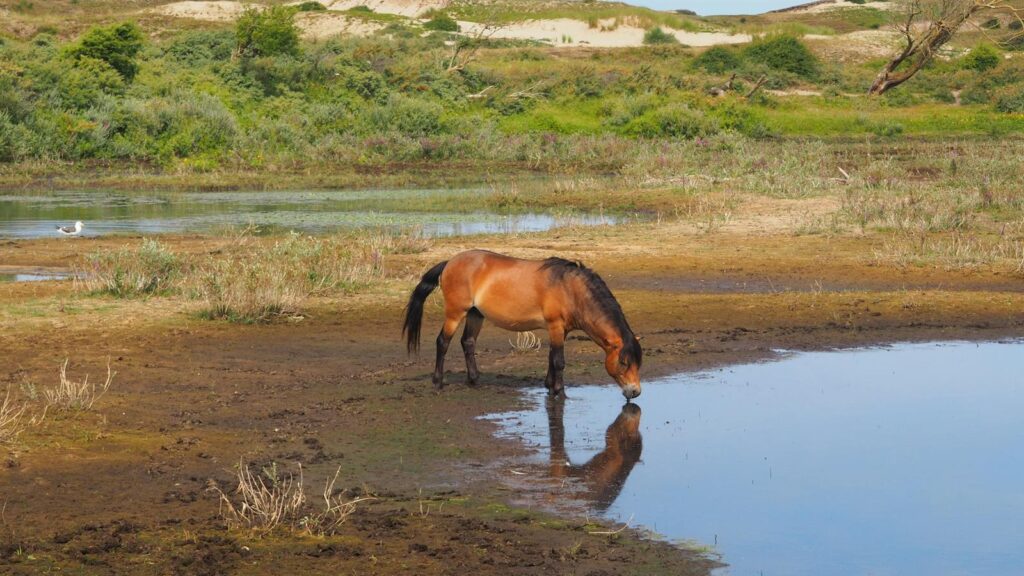
Proper hydration stands as a cornerstone of equine health, influencing everything from basic physiological functions to athletic performance. The consequences of neglecting this fundamental need extend far beyond simple thirst, potentially leading to serious health emergencies including colic, kidney dysfunction, and heat stress. By understanding the complex factors that influence your horse’s water requirements—from seasonal changes to individual physiology—you can develop effective management strategies that ensure optimal hydration year-round. Remember that water is not merely a basic necessity but a powerful preventative medicine that supports every aspect of your horse’s wellbeing. As responsible caretakers, we owe it to our equine companions to never underestimate the importance of that seemingly simple resource—clean, accessible water—that sustains their health and vitality every day.

